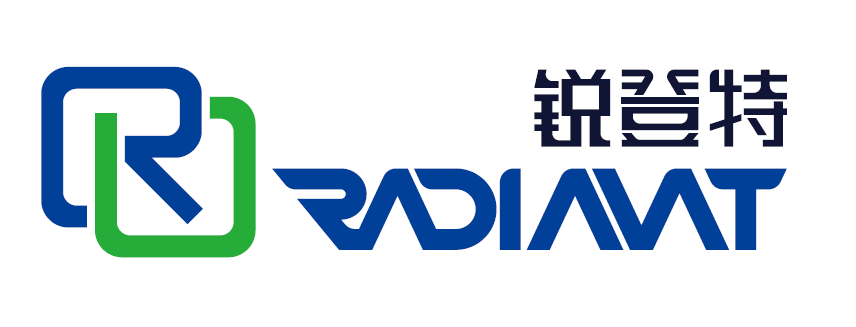The much-anticipated new-generation display technology, Micro LED, is being applied from large size to small size, and from indoor to outdoor. These two major development directions are still advancing. So far, various research institutions are still optimistic about the growth forecast of Micro LED market value. It's better to flexible led screen. However, the cost issue that is stuck at the key point of Micro LED commercialization is still in the stage of negotiation and running-in between upstream and downstream parties. In short, there is currently no quick and effective solution for Micro LEDs that has resonated widely in the industry.
Seeing that OLED is improving the material adjustment characteristics at a very fast speed, it is entering more consumer electronics and automotive markets. After the TFT LCD with MiniLED backlight has been threatened, if the time point of mass production of Micro LED at a reasonable cost is delayed, there may be more variables. With the development of the Micro LED industry chain in Taiwan, Chichuang Technology is the pioneer of technical solutions.
AUO and its affiliated company Fucai are expected to have the opportunity to lead in the follow-up mass production capacity. Micro LED has been shouting for many years, and it finally officially entered mass production this year. It is expected that there will be a significant decline in prices and costs this year, and will continue to decline in the next few years. This comes despite a slump in demand for consumer electronics and conservative business spending amid global inflation and interest rate hikes by central banks.
The first will be the miniaturization of Micro LED chips, which may be further reduced in the future. This means that the same epitaxy can obtain more Micro LED chips, and the cost of Micro LED chips will decrease. Furthermore, more and more chip manufacturers are

investing in the Micro LED industry chain, which also contributes to the improvement of yield and the reduction of price and cost.At present, it is estimated that Micro LED chips have the opportunity to decline at a rate of 30%-40% per year, which is conducive to accelerating the process of commercialization.
In addition, from the improvement of machine equipment and process, to the back-end wire bonding and system integration, there is also room for improving the efficiency of Micro LED and reducing the cost. Micro LEDs currently target several target applications. Including wearable devices (especially new products such as Metaverse AR glass), super-sized TVs or high-end displays, automotive displays, etc. Mainly, Micro LEDs can be placed on flexible substrates, which can create many new shapes and usage scenarios. Among them, wearable devices are expected to have more new products using Micro LED displays in 2023. P1.5 LED video wall. There will also be more brands launching related products. The introduction of automotive displays will take a long time, but HUD head-up displays have the opportunity to become the leading application of Micro LED in automotive applications.
It is worth mentioning that Micro LED epitaxy technology. Through high-energy physics, high-quality GaN thin films can be grown at low temperature, completely abandoning the mainstream mass transfer process. The cost is only one-tenth of existing micro-LED displays. It has the potential for mass production, and the related technologies have obtained patents in Taiwan and the United States.

Mass transfer is the most important step in today's Micro LED displays and has been in development for nearly a decade. But the team believes the massive transfer is the wrong direction. Mainly due to the current LED chip whisker flip-chip process and structural weakening procedures. The blue-green light material is gallium nitride, and the red light material is gallium arsenide. The driving voltage of the two materials is different, and the driving circuit will cause difficulties. Especially in terms of cost, the problem of dead pixel repair is not easy to overcome, so it is difficult to mass produce.
Through high-energy physics, the previous high temperature limit of more than 1,000 degrees has been broken. High-quality gallium nitride films can be grown at low temperatures, and the temperature can be controlled at around 500 to 700 degrees. Good for transparent led display. Panel sizes are available from 2 inches to 12 inches. It can be scaled up with the process equipment and combined with big data analysis to find the best epitaxial mode. Its self-developed epitaxial plate, combined with nanomaterial technology, can achieve full-color micro-LED display effect. The cost of one panel is only one-tenth of the existing one, and it has great potential for mass production.
Post time: May-19-2023
